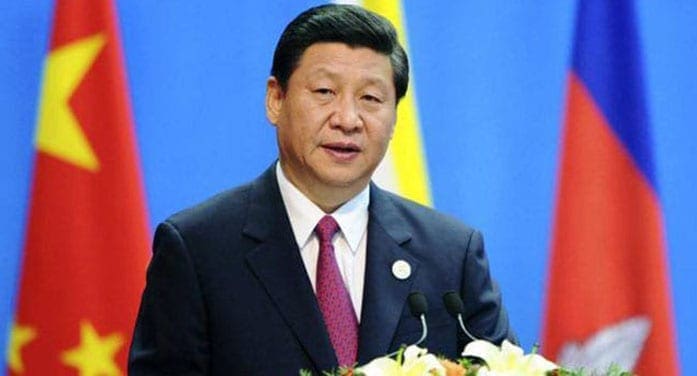 As the number of COVID-19 cases reach new heights, China is jubilant. In the country where the pandemic began less than a year ago, there have been 91,000 cases of COVID-19 recorded, with about 4,800 deaths.
As the number of COVID-19 cases reach new heights, China is jubilant. In the country where the pandemic began less than a year ago, there have been 91,000 cases of COVID-19 recorded, with about 4,800 deaths.
Data from the World Health Organization (WHO) also tells us that China has conducted more than 160 million tests, the highest number in the world.
Life has returned to normal in most provinces in China. People go out, dance and visit public places as if nothing had happened. It’s quite an incredible feat.
But 42 other countries, including Canada, have seen more cases than China, which is the most populous country in the world. Considering what’s happening elsewhere, and with its 1.4 billion inhabitants, the data coming out of China is not only beyond comprehension, it’s cruelly misleading for the rest of us.
But this campaign has likely nothing to do with the international community. Indeed, China is desperately trying to restore its image with its own population.
As a risk manager, the Chinese government has not always looked good – far from it.
In 2008, thousands of children were hospitalized due to melamine-contaminated milk. Several children died. The government opted to suppress the scandal in order to preserve its reputation, especially as it occurred just months before the Beijing Olympic Games in August 2008. It was one of the worst communication disasters in China’s history.
Some who were supposedly responsible were executed but the damage had already been done. Public trust slowly faded away. Since the 2008 scandal, the government has struggled to reassure its people about food safety and most matters related to public health.
But COVID-19 seems to be an opportunity for the government to change this perception.
In addition to publishing bogus data about how it has handled COVID-19 and testing, China has been quite forthcoming about its concerns related to imported food products. Its uncompromising rigour related to food safety and the pandemic has been on public display for months.
For example, this summer, China accused Brazil of exporting COVID-19-contaminated products. A sample of frozen chicken wings imported from Brazil apparently tested positive in the southern Chinese city of Shenzhen. This August incident was the latest in a series of reports of contaminated imported food products.
And this week, the government urged Chinese companies to halt imports of frozen products from countries that have been hard hit by the pandemic as fears continue to mount over the possibility of transmission through food packaging.
According to Chinese authorities, the first local asymptomatic infections in more than a month were detected when two port workers from the city of Qingdao, responsible for unloading frozen seafood, tested positive for COVID-19.
Maybe so. But health authorities, including the WHO and the U.S. Centers for Disease Control and Prevention (CDC), have repeatedly stated that the possibility of catching the virus through food is almost non-existent. The risks are extremely limited.
Despite this, the Chinese government continues its campaign to improve its image with its own population. This may be a good thing for the government but the headlines know no political borders these days. News of contaminated food reached Canadians through social media and major news networks.
Since we live in an era of fear and heightened risks, some Canadians have come to believe some of the information coming out of China. About 14 percent of Canadians have already thrown food away, believing it was contaminated with COVID-19.
While the Chinese government reassures its citizens, many anxious Canadians are inclined to believe this kind of propaganda.
It’s time for our regulator, the Canadian Food Inspection Agency, to become a better risk communicator and reassure Canadians about what the actual risks are.
Dr. Sylvain Charlebois is senior director of the agri-food analytics lab and a professor in food distribution and policy at Dalhousie University.
Sylvain is a Troy Media contributor. Why aren’t you?
The views, opinions and positions expressed by columnists and contributors are the author’s alone. They do not inherently or expressly reflect the views, opinions and/or positions of our publication.


